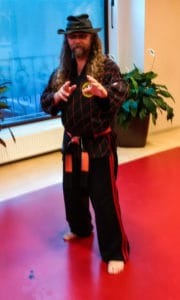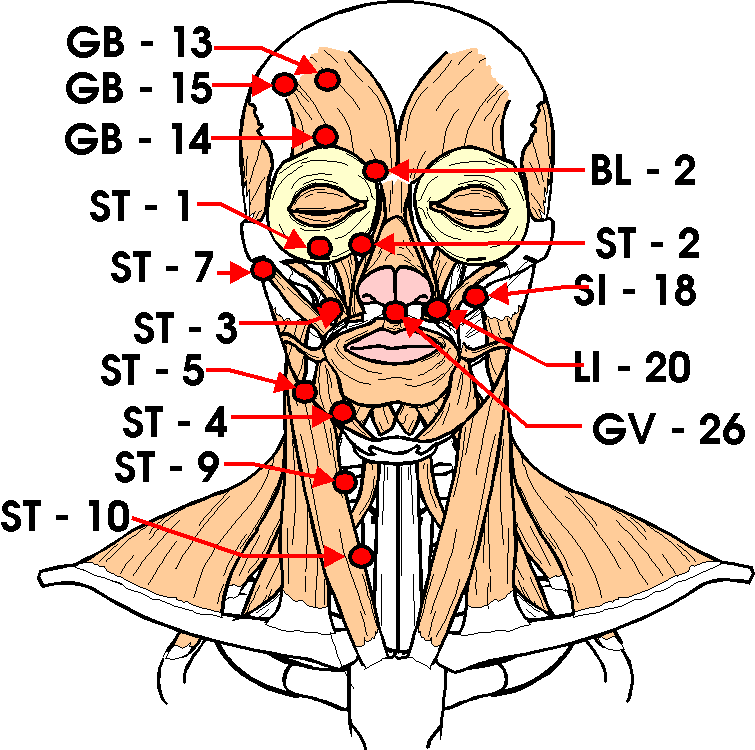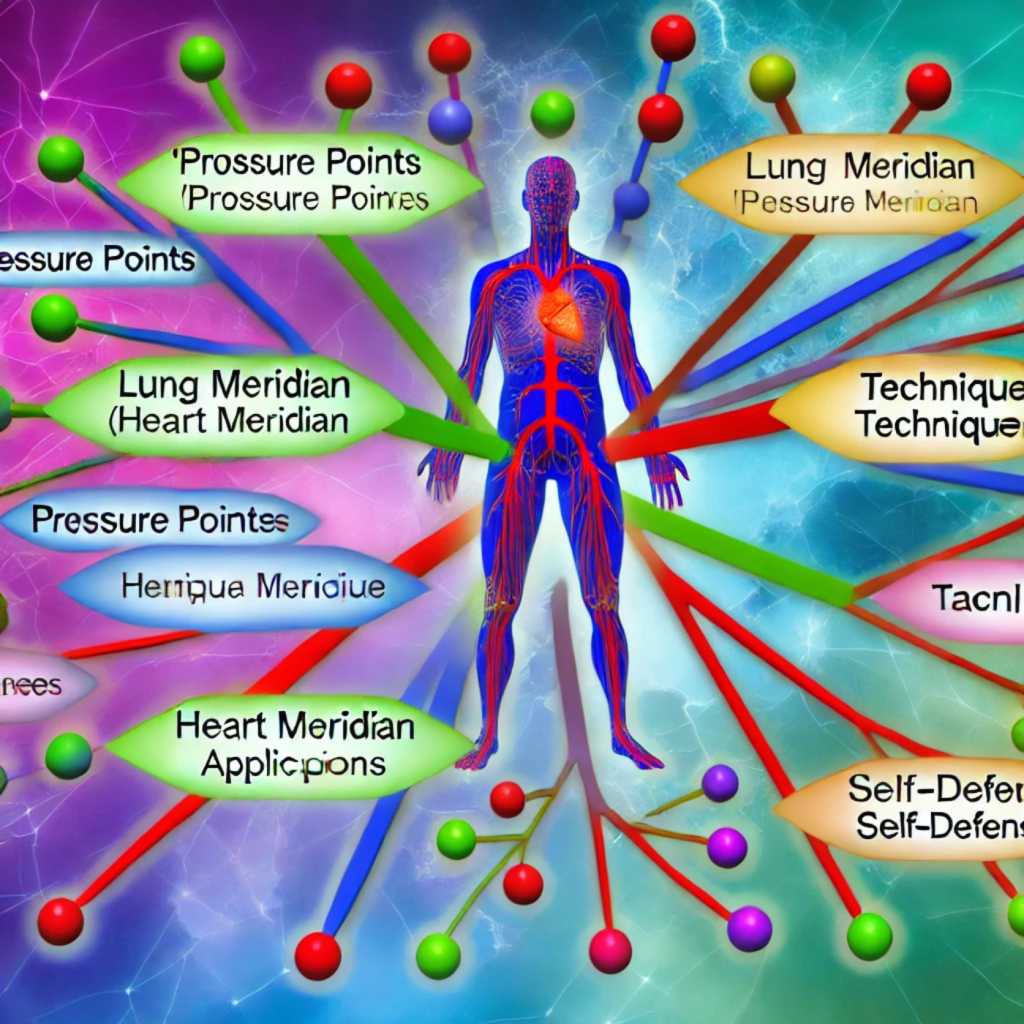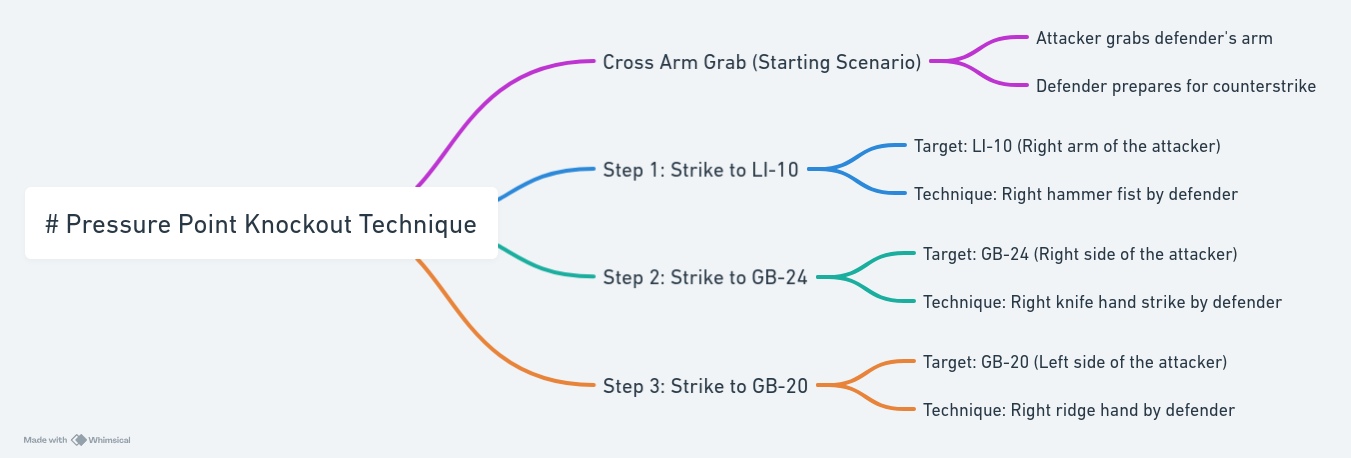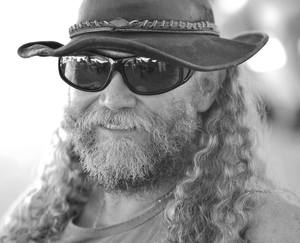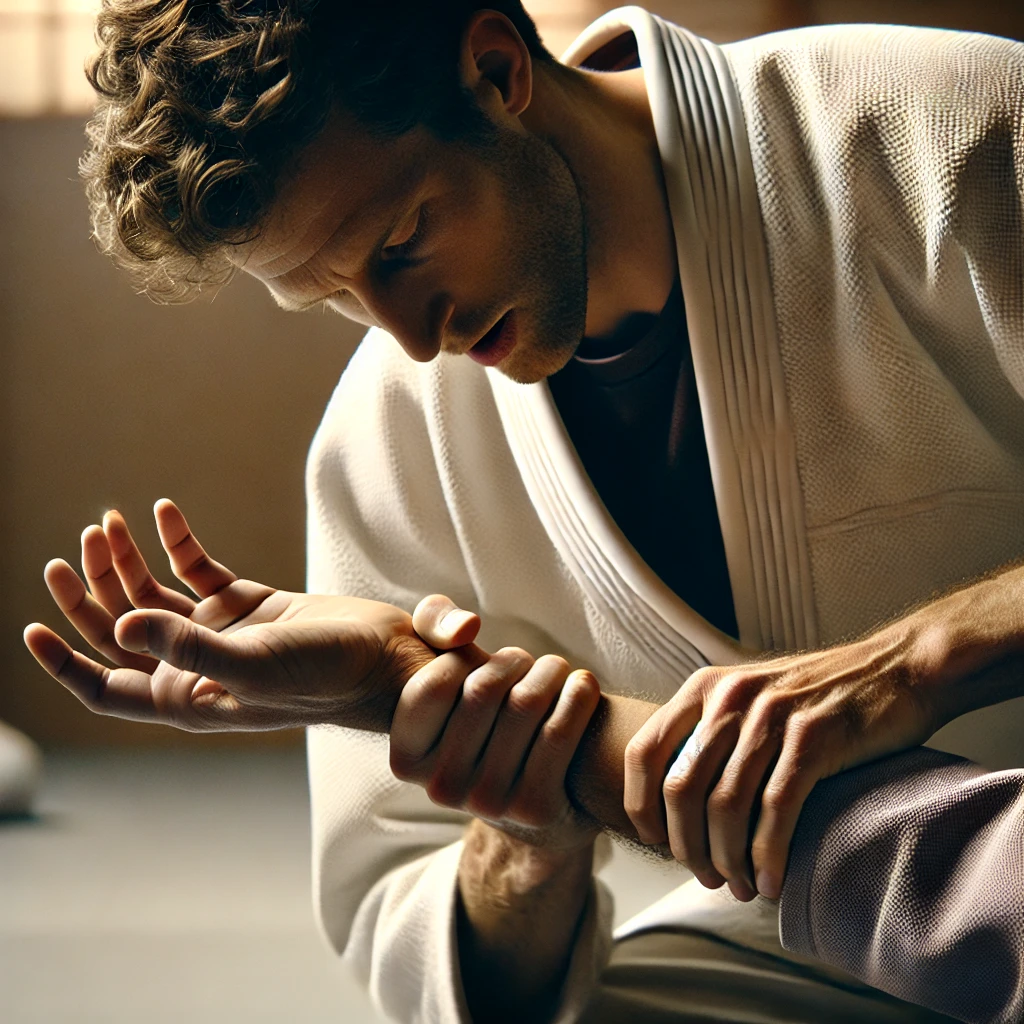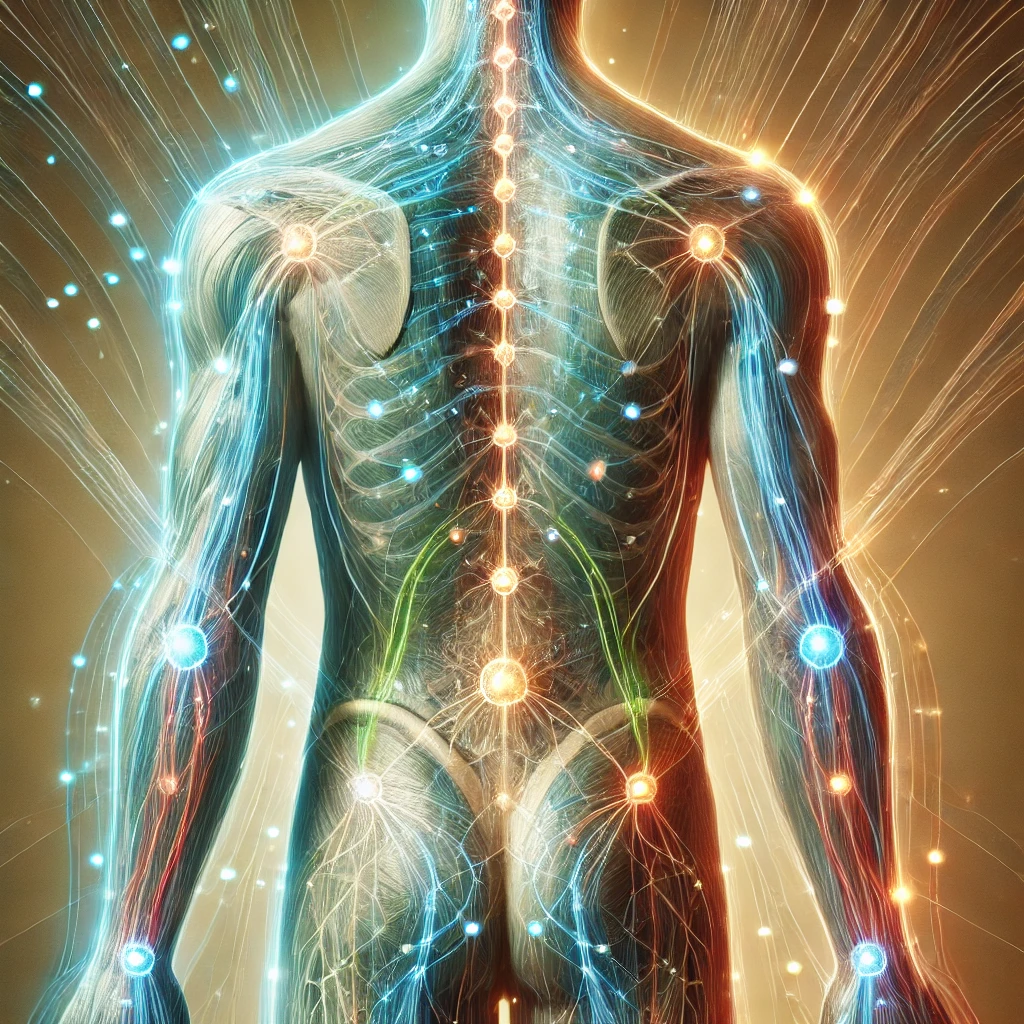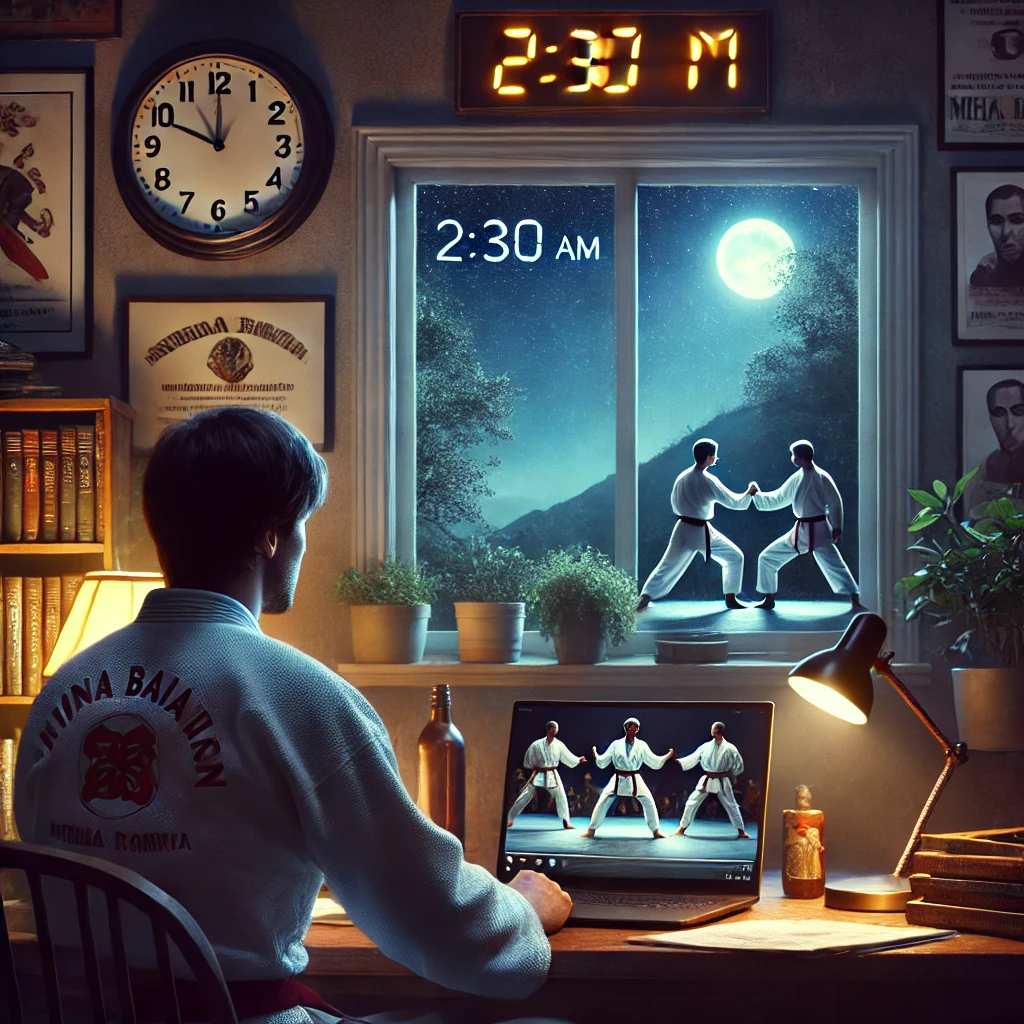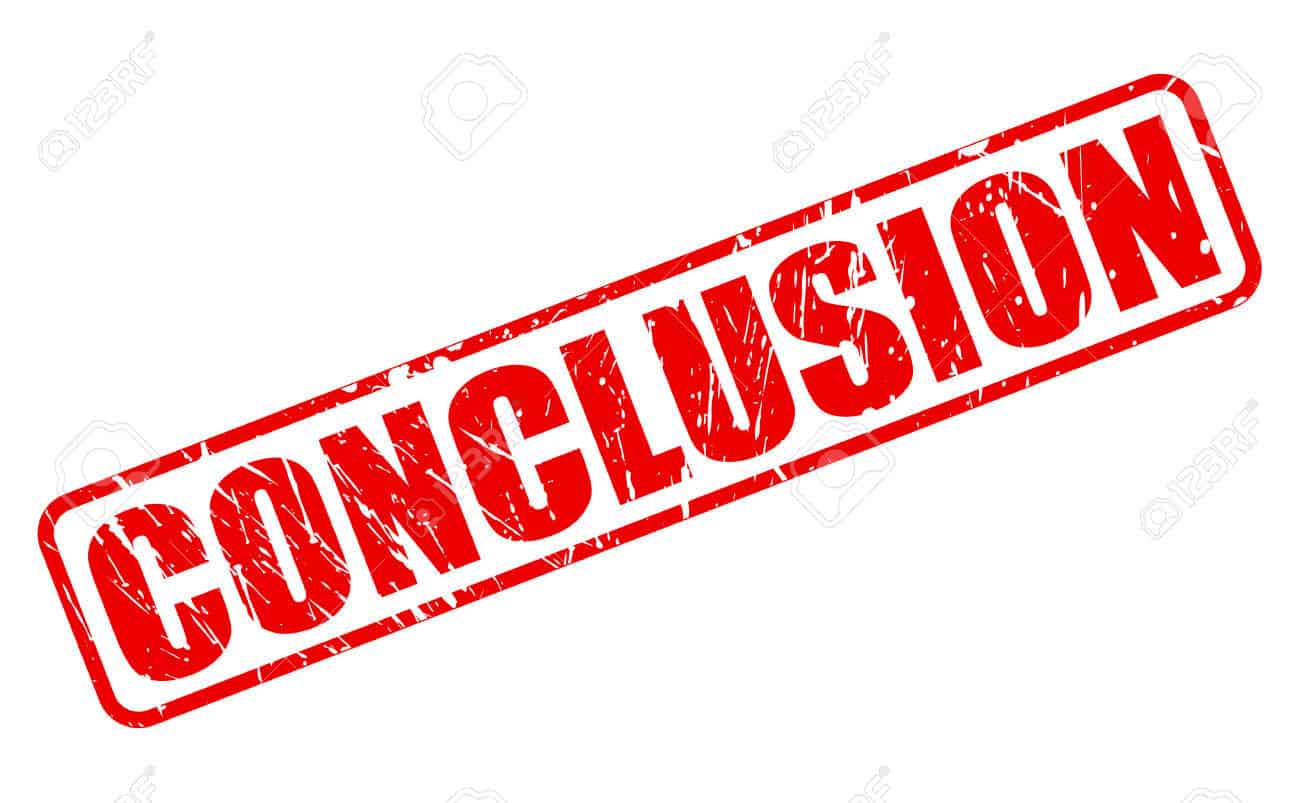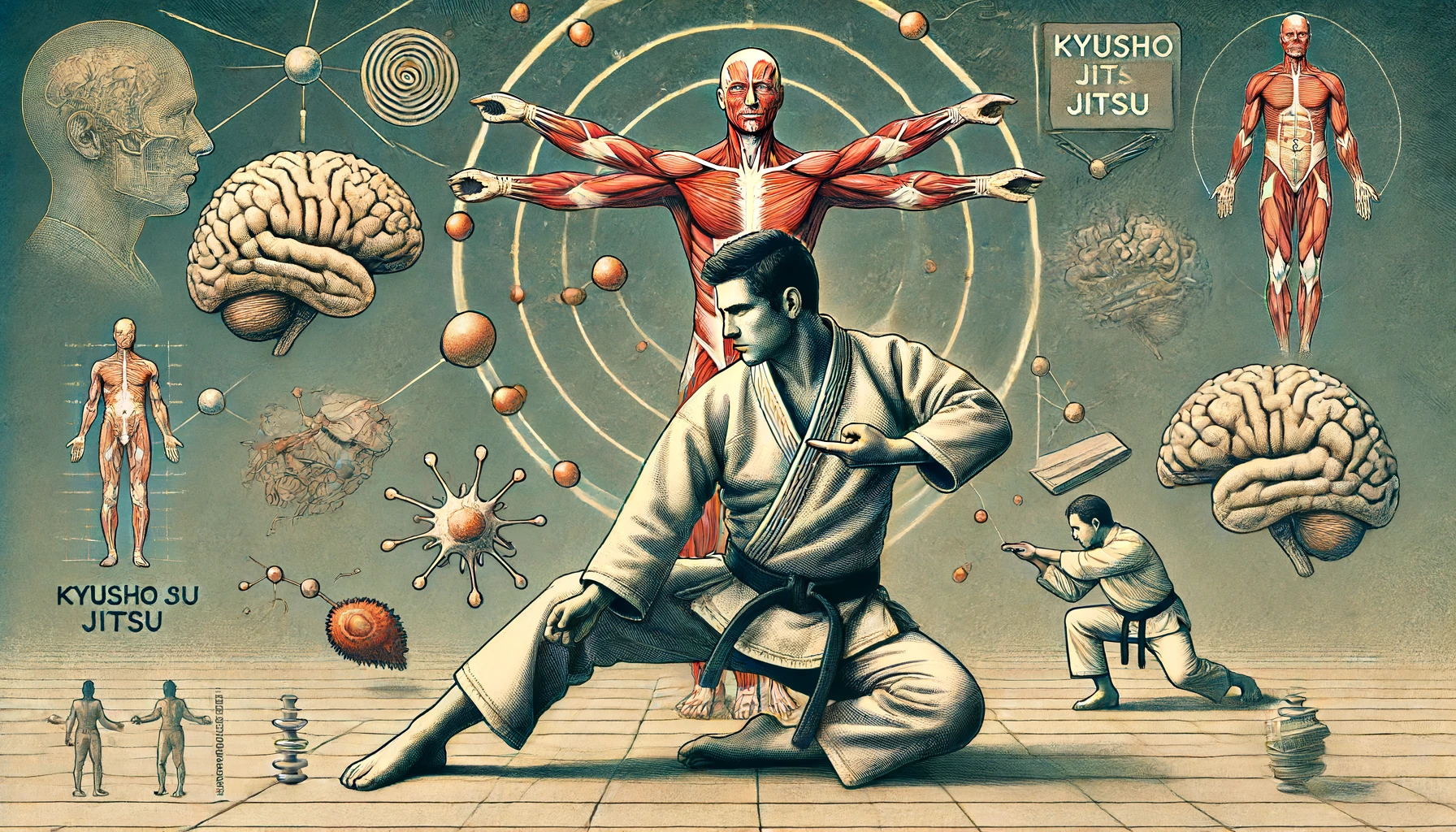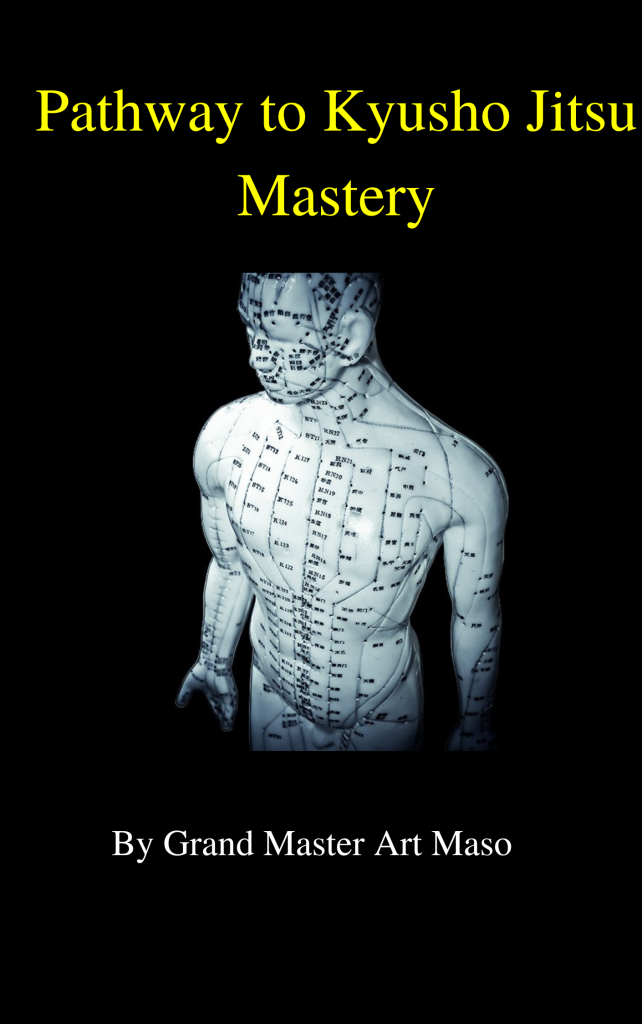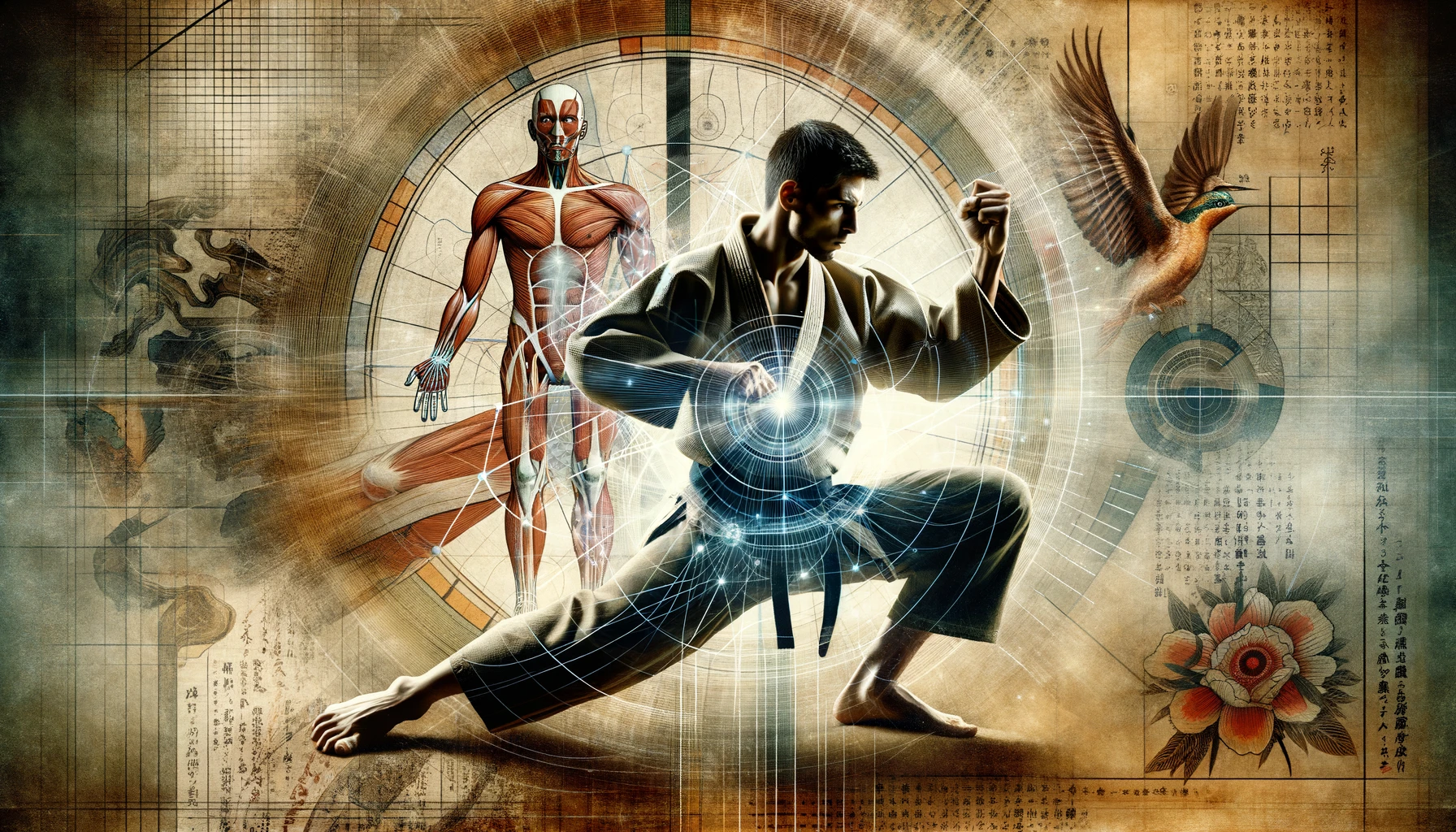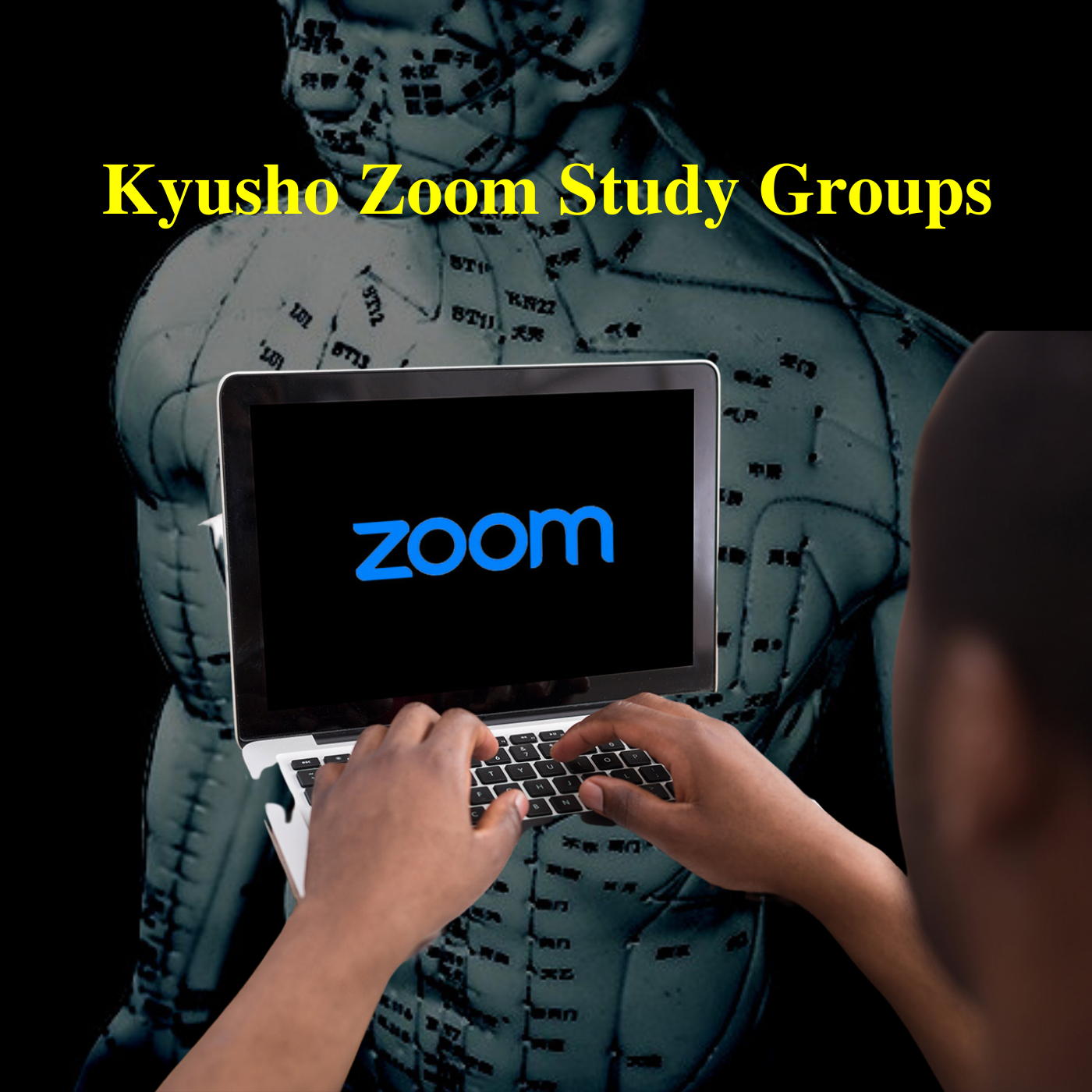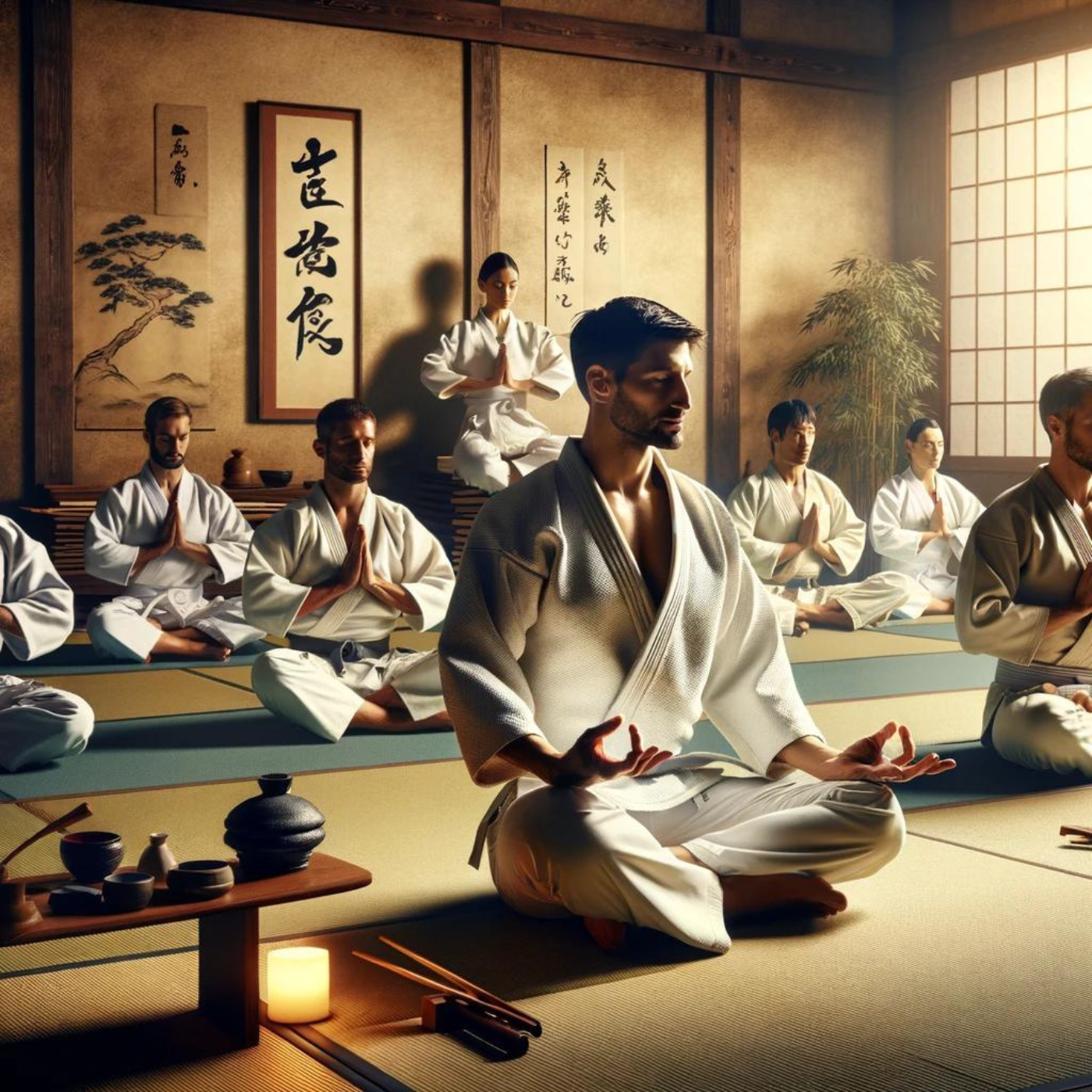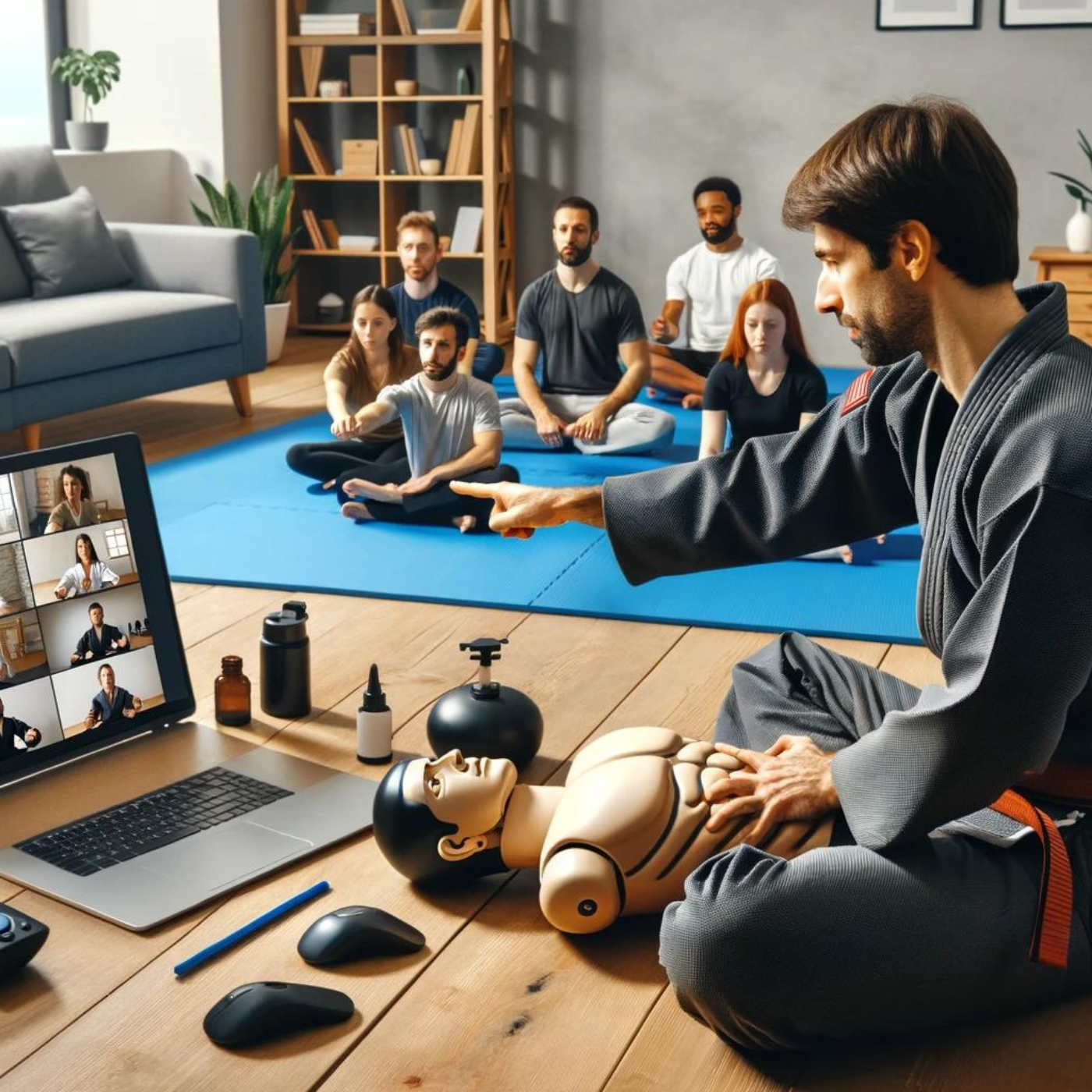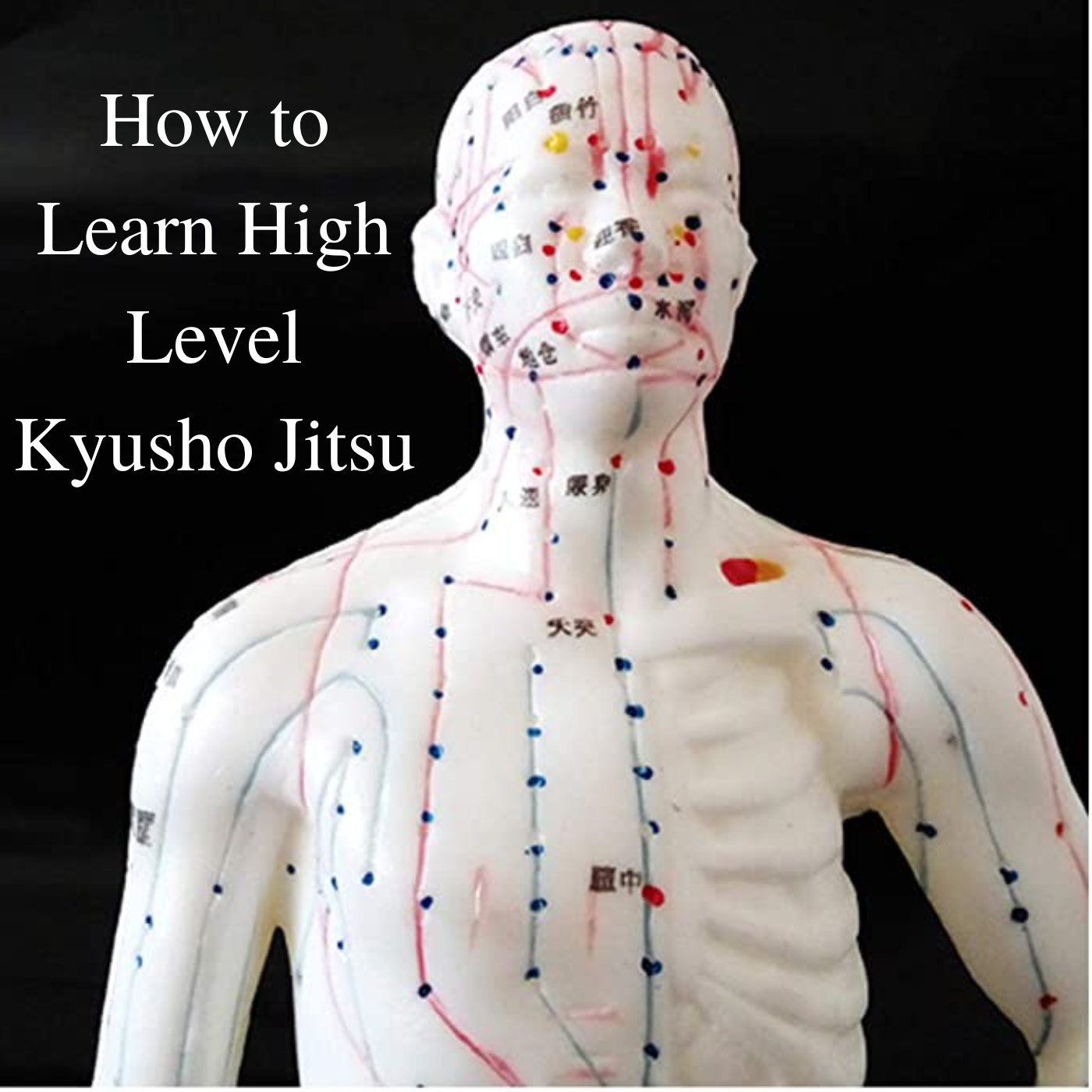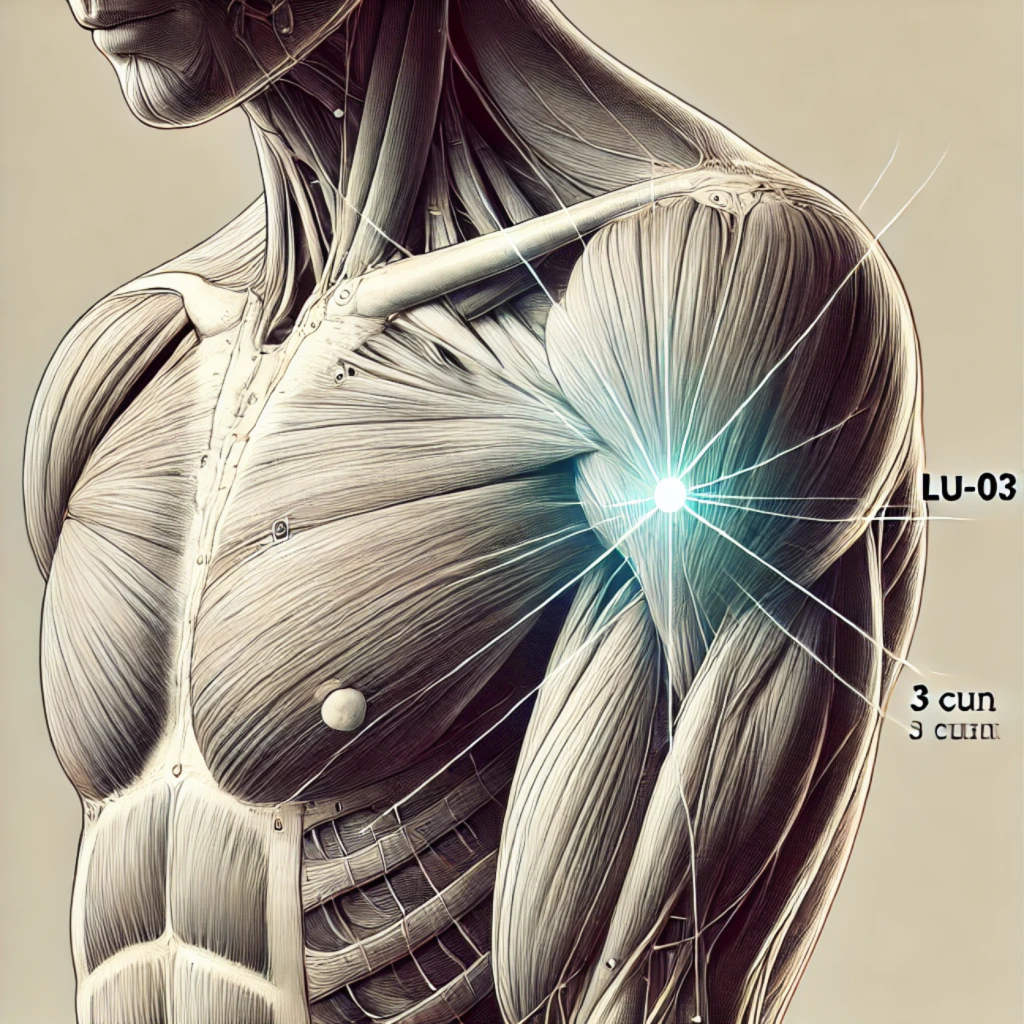
Pressure Point LU-03:
When studying the intricate world of Kyusho Jitsu, understanding the individual pressure points and their effects on the human body is essential.
Today, we focus on Pressure Point LU-03, a location that is not often discussed yet holds significant power in both martial and healing applications.
Let's move on now with more.
Location of Pressure Point LU-03
Pressure Point LU-03 is found on the medial aspect of the upper arm, approximately 3 cun below the end of the axillary fold (armpit) on the radial side of the biceps brachii muscle. It is also 6 cun above LU-05, aligning it with the Lung Meridian in Traditional Chinese Medicine (TCM).
The Lung Meridian is known for regulating breathing, emotional states, and energy flow. While LU-03 is primarily recognized for its medical benefits, its martial applications make it an invaluable pressure point in self-defense situations.
Effects of Striking Pressure Point LU-03
A strike to Pressure Point LU-03 can cause an immediate electrical shock sensation to travel both up and down the arm. The effects of this strike depend on the severity of the impact and the method of activation.
Martial Applications
- Temporary or Extended Paralysis of the Arm. A well-placed strike can render the hand and arm useless for minutes, hours, or even days. This is particularly effective in a self-defense scenario, where disabling an opponent’s ability to grab or strike can give a practitioner the upper hand.
- Confusion and Emotional Distress. Due to its connection to the Lung Meridian, LU-03 is associated with emotional regulation. A strong strike can cause mental disorientation, confusion, and emotional instability. This may lead to feelings of anxiety or even sudden emotional outbursts, making it a useful point in disrupting an opponent’s focus.
- Memory Disruption. Documented cases have shown that a severe impact on LU-03 can induce temporary memory loss. This could be due to its link with the body's qi (energy) circulation, which plays a role in cognitive function.
Healing and Medical Benefits of Pressure Point LU-03
While Pressure Point LU-03 is an effective point in martial application, it also has valuable healing properties within Traditional Chinese Medicine (TCM). In acupuncture and acupressure, Pressure Point LU-03 is often used for:
- Stopping Nosebleeds. One of the simplest and most effective healing applications of LU-03 is its ability to stop a nosebleed when massaged gently. Applying light pressure and rubbing the point can help regulate blood circulation and stop excessive bleeding.
- Alleviating Lung-Related Conditions. As part of the Lung Meridian, LU-03 can be used to treat coughing, asthma, and shortness of breath. Stimulating this point can help open airways and improve overall respiratory function.
- Emotional Balancing. LU-03 is linked to emotional well-being, particularly in treating conditions such as grief, sadness, and depression. Acupuncture or light pressure at this point can help alleviate mental stress and emotional turbulence.
How to Effectively Strike LU-03 in a Martial Context
To maximize the effectiveness of Pressure Point LU-03 in self-defense or combat applications, consider the following striking methods:
- Hammer Fist Strike: A downward, forceful hammer fist can effectively activate this point, especially if the opponent’s arm is raised.
- Knife Hand or Ridge Hand Strike: This method can be effective when attacking from the side of the opponent’s arm.
- Pinpoint Pressure Application: Using a knuckle, thumb, or a blunt weapon, applying focused pressure to LU-03 can quickly disable an attacker’s arm.
Conclusion
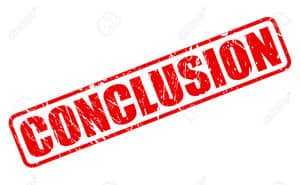
Although Pressure Point LU-03 is not frequently discussed, its effectiveness in self-defense, cognitive disruption, and healing applications makes it an essential study point for any serious Kyusho Jitsu practitioner. Whether used to incapacitate an opponent’s arm, induce temporary confusion, or aid in emotional balance and healing, LU-03 is a powerful tool that should not be overlooked.
Please share on social media
Questions?
Do you have any questions about this or another article? Please consider using the form below to ask.
Follow my work on social media
Thank you for taking the time to read this article on Pressure Point LU-03. If you enjoyed it, please consider subscribing to new articles with the Red Bell in the bottom-left corner of the screen.
Have a wonderful day.
Yours in the arts,
Grand Master Art Mason
Kosho Ryu Enterprises SLR, Romania
WhatsApp: +40 747 899 183
